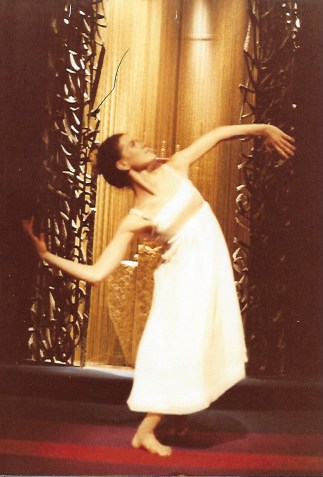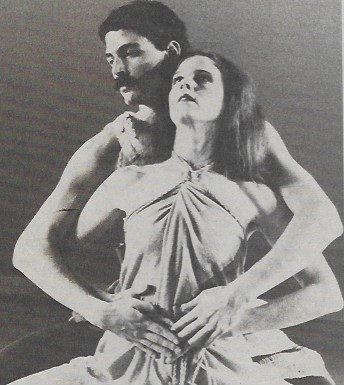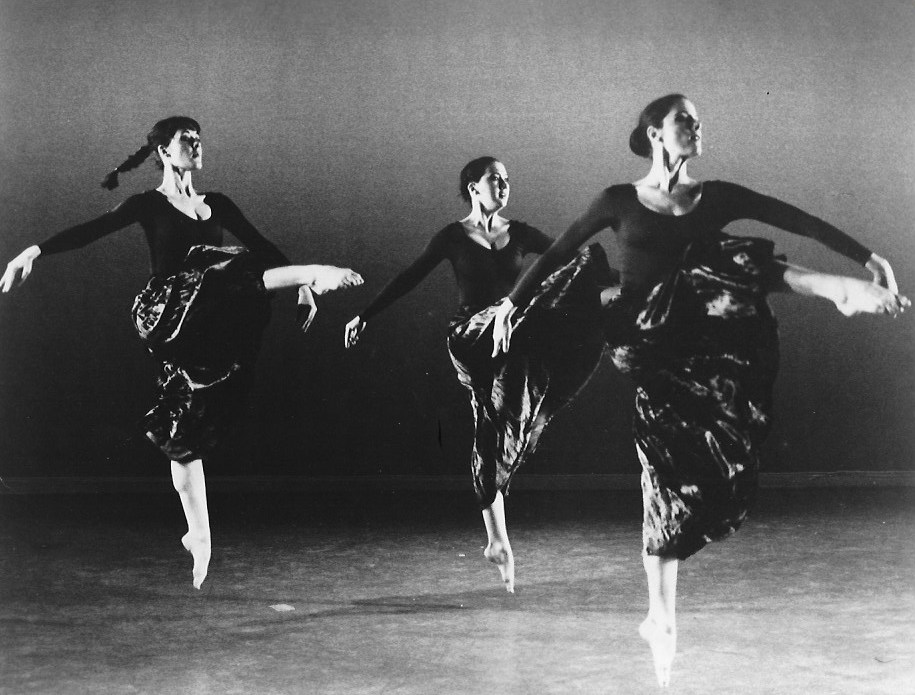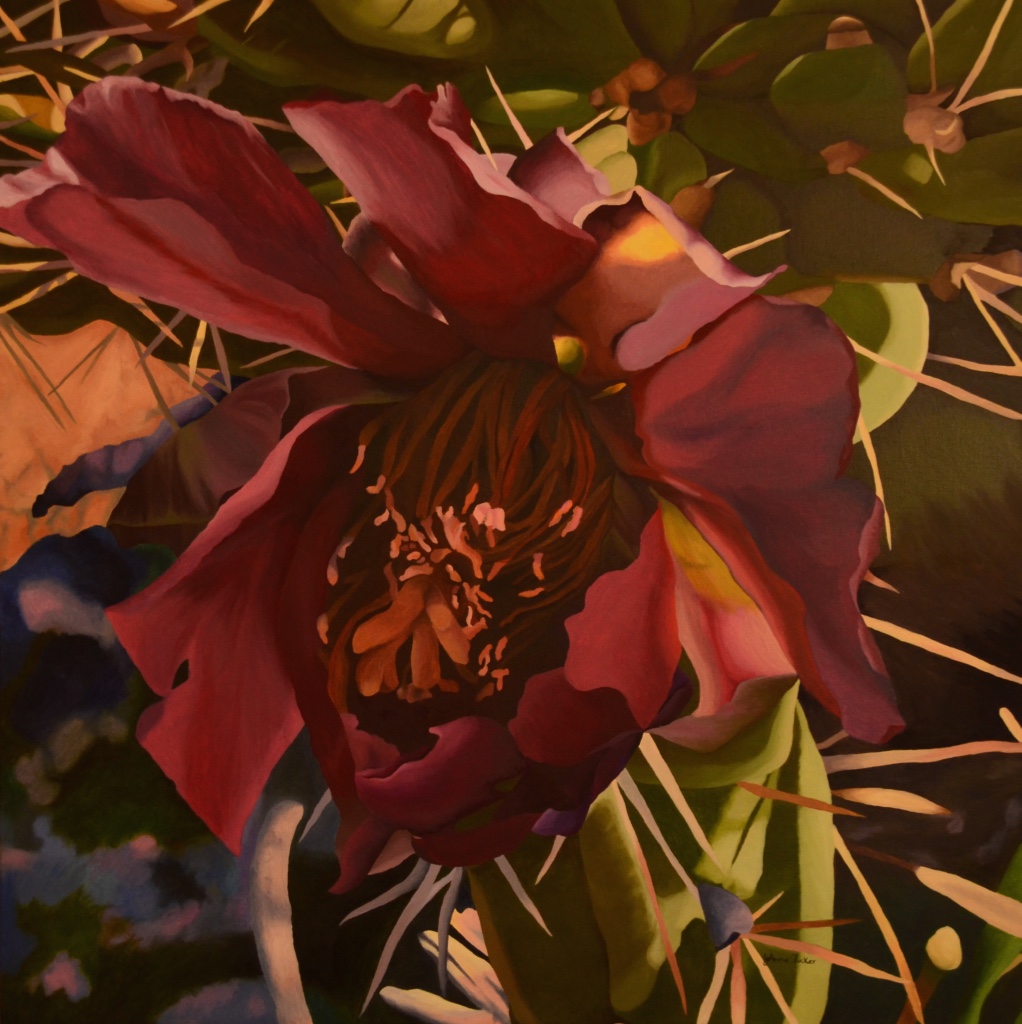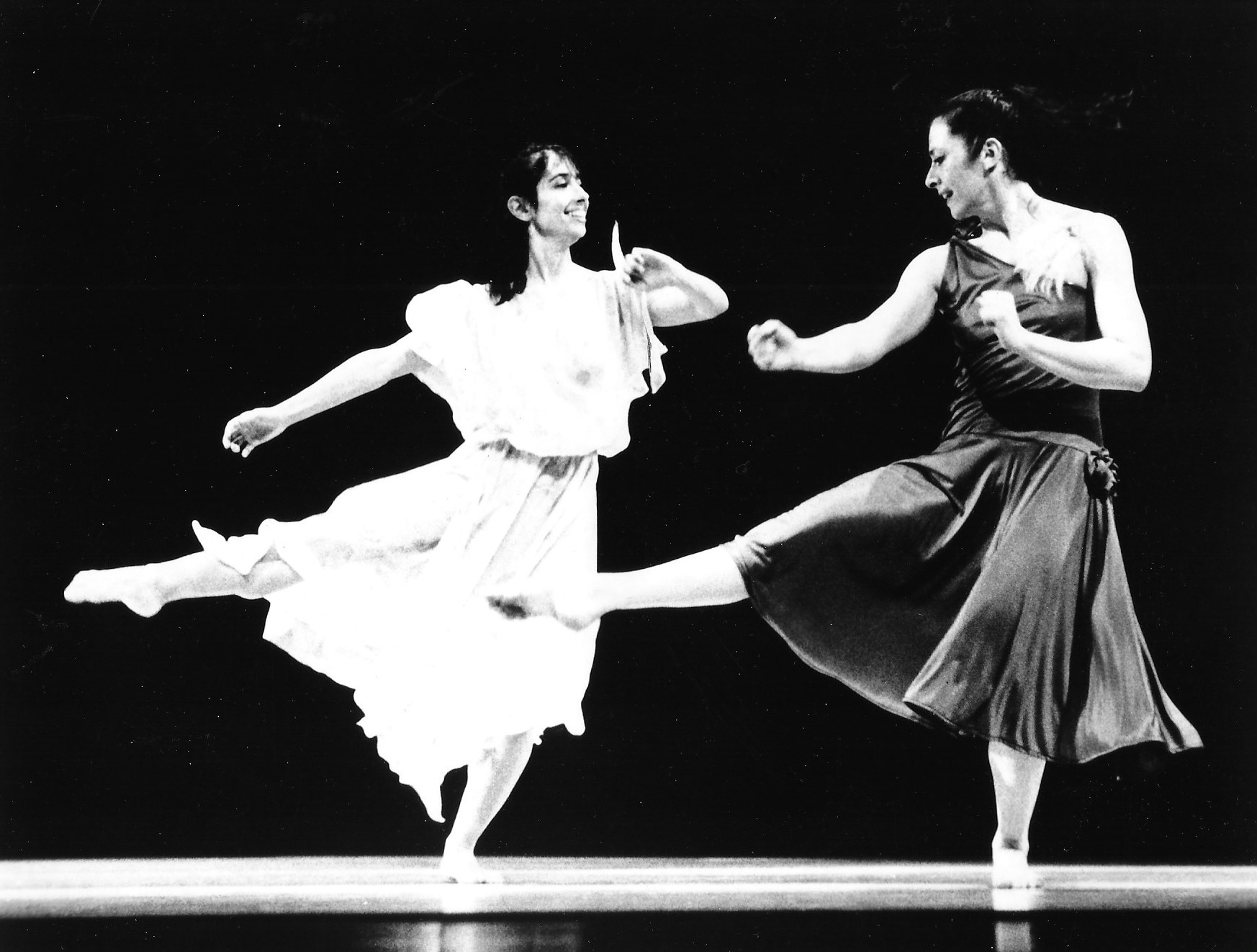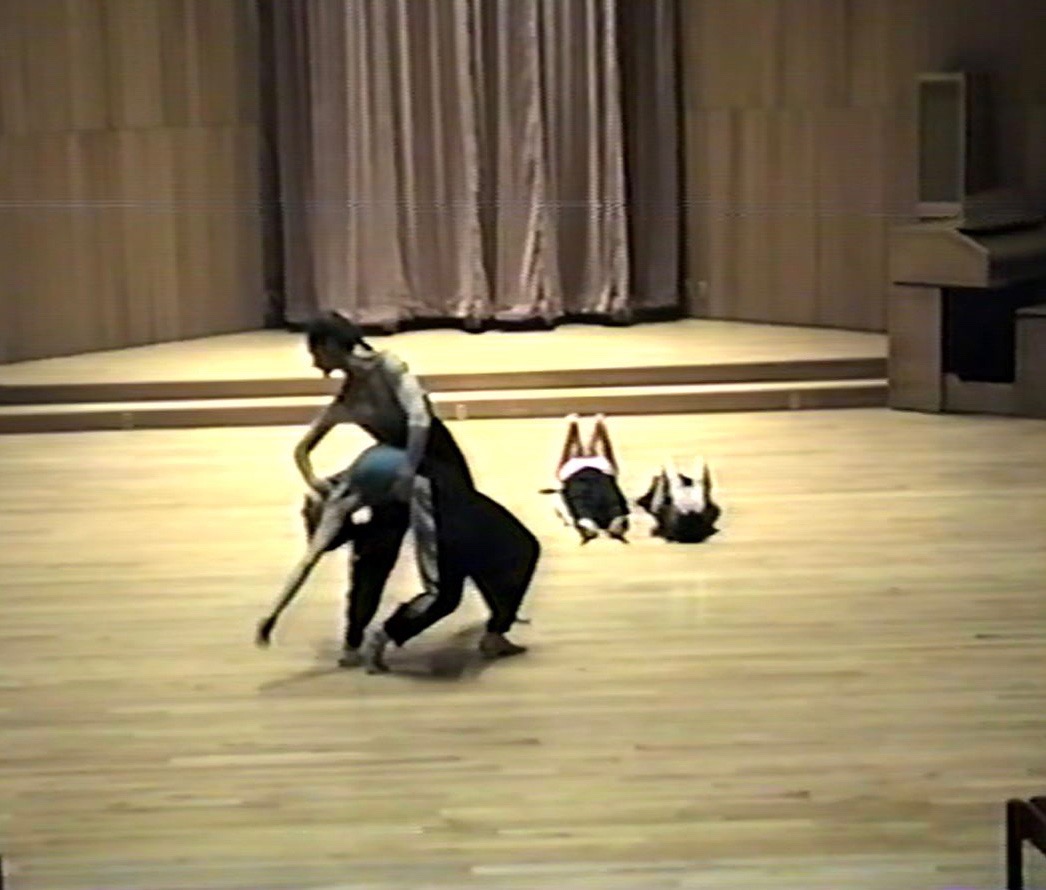Tallahassee is a wonderful “lab” for me. By this I mean, since there are no available academic positions — which is what I thought I was preparing for in earning my doctorate — I have to forge my own way. This means finding opportunities and places to use my talent and add some income to our household. In the past blogs I’ve shared how Avodah developed, but I was also involved in other dance activities. In this blog I’ll share some of my other dance endeavors culminating with designing, financing and building a dance studio.
I found work with the Tallahassee Arts Council particularly satisfying, presenting dance programs at local schools using local adult dancers or students from the dance program at Florida State University. Among my favorite schools were the very small rural schools. In the Tallahassee Democrat I’m quoted as saying, “When we went to places like Chaires or Concord (small rural schools), the children would laugh at us at first. But after we started dancing, they were swept away.” I also received grants from the Florida Fine Arts Council to take a dance and poetry program to counties surrounding Leon County where Tallahassee was located. These school tours provided a good education for me that served me well later on. Among the more humorous learning moments was when the male dancer, a new dance student at FSU, in his first performance on a school tour was not wearing a dance belt. I’m not sure that many of the young children noticed but the faces of many of the teachers made it clear to me that I needed to speak to him as well as to some of the women about properly covering their anatomy.
One of my favorite collaborations was with a ballet dancer/teacher Carolyn Davis. We did three projects together. In the summer of 1974 we ran a three-week dance program for 6 to 16 year olds at the Jr. Museum. It was a beautiful setting and may have influenced what I would soon look for as a setting for the studio I wanted to build so I could have my very own place to teach, choreograph and rehearse in.
Carolyn and I undertook a major collaboration in creating a ballet for the Tallahassee Civic Ballet. As Board members of the TCB we wanted to see it offer more challenging opportunities to the dancers and more stimulating programs to the audience. We decided to work together setting our version of Midsummer Night’s Dream to Mendelssohn’s music. On another occasion we did a dance program for mentally retarded adults.
By the summer of 1974, I felt very much rooted in the community and decided that I indeed did want to build my own studio. By the end of the summer I had found and purchased an acre of land across from one of the elementary schools. Next I found a builder and together we sketched what the studio would look like. While this was my project, my husband Murray couldn’t have been more supportive and offered excellent advice such as building on only ½ the acre fronting the road so the other half could be sold at a later time if we wanted. At the time we bought the acre there was little that had been developed in the area. I also elected to buy at the end of the area zoned for office/residential and where the land went sharply downhill so that the windows of the studio would open to trees. We also planned a lovely walk from the parking lot to the studio door so that one walked along a natural setting and up to a deck before entering the reception/office area. The studio would be large, 40 by 50 so that informal showings could be held there. The wall away from the windows would be the only mirrored wall and of course there would be a sprung dance floor with a good quality wood surface. Those were the fun things to think about. There were other things like septic tanks, surface for the parking lot, building permits, etc. that were not.
As I negotiated the project, the first thing I was asked by the men in charge of permits, or at meetings where I wanted information on building materials, was, “What does your husband do?” At first, I was puzzled by this but when it kept happening over and over again I was annoyed and disappointed. So one day, I came home, took my wedding ring off and never wore it again. Murray understood! From then on I was never asked what my husband did. However when it came to financing at the bank and filling out all the forms, they insisted that the only way I could get financing was with my husband’s signature. Disappointing, indeed. I did not want to abandon the project, so reluctantly I agreed. Today I think this would have been very different although I wonder?? Ultimately we ended up forming a sub-chapter S corporation with the studio as the key asset. We couldn’t own shares 50/50 in the corporation so one of us owned 51% and the other 49%. I’m not sure which one of us had the extra shares.
The builder was easy to work with, that is, until the studio was nearly done, and he began making advances which I had to navigate around and strongly discourage.
Meanwhile all during the fall of 1974, I continued teaching dance classes at the Temple. Enrollment had greatly increased from the September article in the Tallahassee Democrat. And so that winter with the studio complete, we held a grand opening party for The Creative Dance Center filled with dancing, laughter and joy. My Mom, on seeing the studio and walking down the path and entering quietly said, “Oh I see, you have created a Perry-Mansfield here.” Perry-Mansfield is a wonderful performing arts camp in Steamboat Springs, Colorado, that I attended when I was 15 and will be writing more about at a later time. The blend of nature and dance was so much a part of me, that I don’t think I was totally conscious of what I had done until my Mom noticed.

On the deck showing our setting in the woods.

Getting ready for the opening…
Enrollment continued to increase and soon I was adding other instructors to the faculty. I also had my own clear philosophy about traditional dance recitals and end-of-the-year programs. An informal culminating event where the older students danced a story such as The Wizard of Oz or Peter Pan creating their own movement was what I planned, with the younger children spontaneously dancing their favorite short stories as an open class.
The studio was very special to me. As a family we were all involved. The math talent of Rachel, my youngest daughter, became apparent when I would find her — a 2nd-grader — behind the desk figuring out people’s monthly bills faster than I could. Both my daughters took dance classes, Rachel especially liking ballet and my older daughter Julie totally excelling in dramatic portrayals in dance as part of culminating events. Murray joined me in disco dancing in open studio dance nights. Today Rachel, trained as an actuary, is currently a total rewards director and Julie a casting director. Neither of their professions, at which they excel, is a surprise to me.

Rachel (at left) in a culminating performance

Julie as the Witch inWizard of Oz
Ten years later, after we had moved to the New York City area, Murray negotiated and sold both the studio and the ½ acre lot next door. I was glad that I did not have to return for the closing, because as happy as I was to be in New York, I still would have been quite emotional.
 Print This Post
Print This Post
Links to Recent Blogs
- The Pioneers of Modern Dance: My Firsthand Experience
- A Visit to a Costa Rican Art Museum Triggers a Fascination with Mascaradas
- Thoughts after Streaming a Memorial for Dance Critic Jack Anderson
- Keeping Up With What is Happening in the Dance World
- A Sijo Poem for the Winter Solstice
- Episode 33: The Universal Dancer Podcast – I’m Interviewed by Leslie Zehr
- The National Symphony of Costa Rica
- Can you go home again?
- Odd Thing to Find on eBay
- Chopping in the Kitchen





